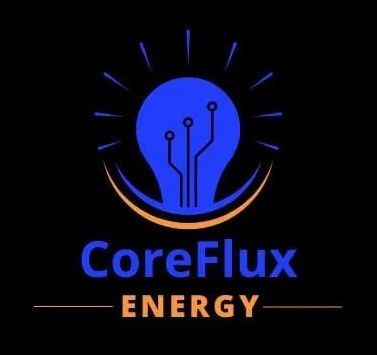Blog
October 6, 2025
Energy procurement is a cornerstone of modern business strategy, especially in competitive markets where every operational decision influences profitability. A strong understanding of procurement fundamentals allows businesses to align energy choices with financial goals, control costs, and build long-term stability. Understanding Competitive Energy Markets In deregulated energy markets, consumers are free to choose their electricity supplier. These markets are overseen by Regional Transmission Organizations (RTOs) and Independent System Operators (ISOs), which help ensure efficiency and reliability. The advantages of competition include: Lower and more transparent pricing A wider selection of energy products Improved service and contract flexibility For businesses, retail energy contracts provide budget predictability and allow for long-term planning. Companies can also tailor procurement to meet unique objectives, such as sustainability, by purchasing renewable power through Energy Attribute Certificates (EACs) or long-term green energy agreements. Energy procurement is a cornerstone of modern business strategy, especially in competitive markets where every operational decision influences profitability. A strong understanding of procurement fundamentals allows businesses to align energy choices with financial goals, control costs, and build long-term stability. Key Energy Procurement Concepts To navigate the energy market with confidence, it’s essential to understand several core terms: Load Profile : The pattern of a business’s energy use over time, shaped by factors like facility type, occupancy, weather, and operating hours. Analyzing load profiles helps identify efficiency opportunities and optimize purchasing strategies. Capacity : Capacity markets ensure enough electricity is available during peak demand. ISOs run auctions to set capacity prices, which often appear as charges on business energy bills—typically influenced by peak usage on high-demand days. Day-Ahead vs. Real-Time Markets : The day-ahead market prices electricity based on forecasted demand, while the real-time market updates prices in shorter intervals (e.g., every 15 minutes) to reflect actual grid conditions. Load Response & Curtailment : Programs that reward businesses for reducing usage during times of grid stress, offering both cost savings and operational resilience. A clear grasp of these concepts empowers businesses to negotiate smarter contracts and refine their procurement strategies. Choosing the Right Energy Supplier In deregulated markets, businesses can compare suppliers and contract structures to find the best fit for their usage patterns and financial objectives: Fixed Contracts : Lock in a set price per kilowatt-hour (kWh) for the contract duration, offering budget stability and protection from volatility. Variable Contracts : Rates shift with market conditions, providing savings opportunities when prices drop but increasing exposure to spikes. Layered/Managed Contracts : A blended approach that combines fixed and market-based pricing, giving businesses flexibility to purchase energy in phases and respond to market trends. Selecting the right supplier and contract depends on risk tolerance, energy usage, and long-term goals. The Value of Sustainable Procurement Today, energy decisions go beyond cost savings. Businesses increasingly see value in strategies that align with environmental and social responsibility goals. By procuring renewable energy, companies can: Lower their carbon footprint Strengthen brand reputation Meet regulatory requirements Hedge against future energy price volatility Sustainability-focused procurement not only supports global climate goals but also positions businesses for long-term success through reduced risk and enhanced resilience. Bottom Line: A well-designed energy procurement strategy balances cost efficiency, risk management, and sustainability. Businesses that understand the fundamentals—and leverage them wisely—can secure both financial stability and a competitive edge in today’s dynamic energy markets.
